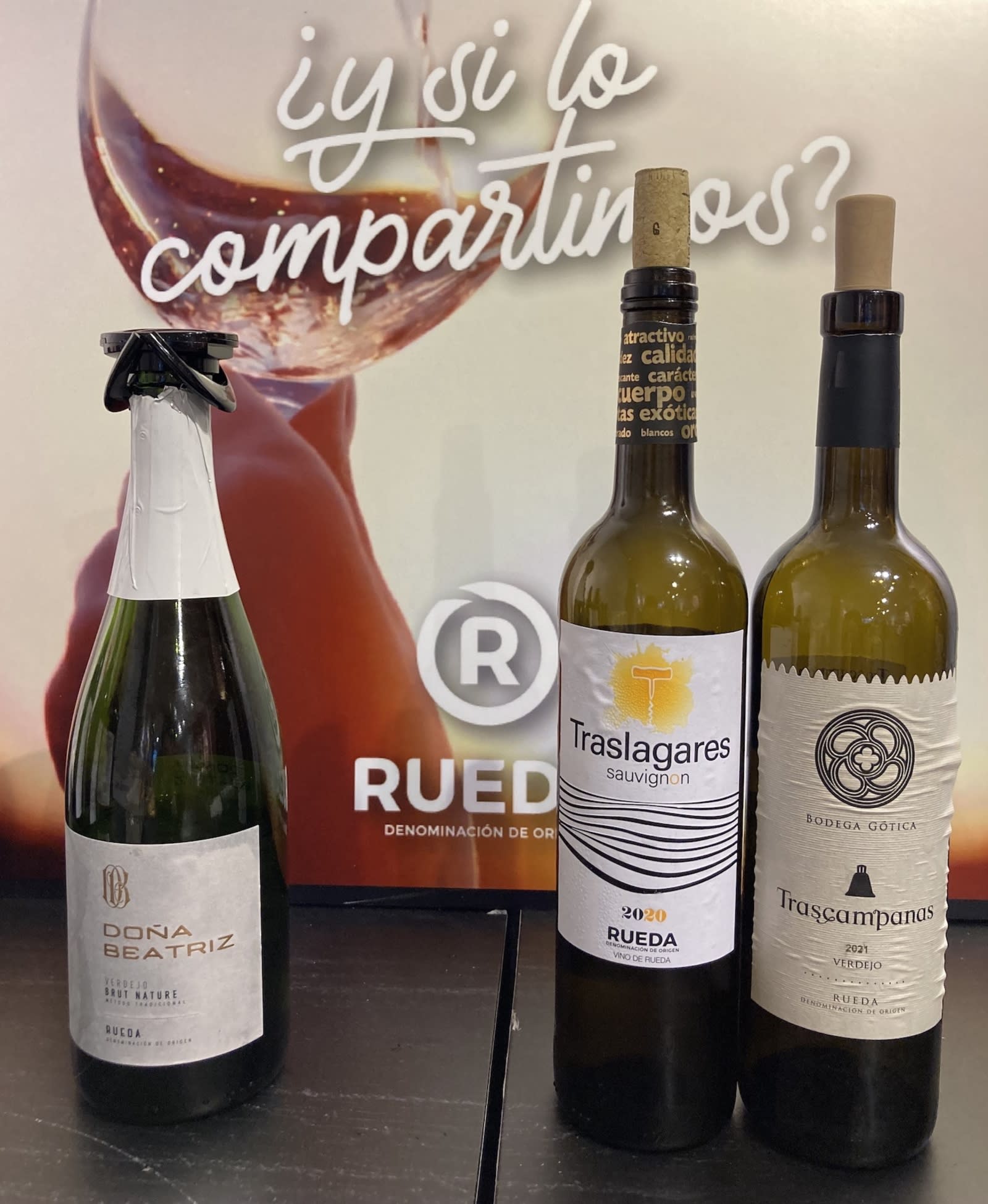Wine pop-up stores have been popular in Hong Kong for the past year or so, and the craze continues. The first one in 2022 – Spanish Wine Passion in Causeway Bay – showcases Spain or, to be exact, Ribera del Duero and Rueda, two neighbouring regions in Castilla y Léon, the largest wine-producing area in Spain.
Located in north-west Spain, Castilla y Léon is a landlocked region with a continental climate, where the summers are hot and the winters are cold. High daytime temperatures, little rainfall and high altitudes (averaging 800m above sea level) produce very ripe grapes with concentrated flavour, high sugar and equally high natural acidity. The wine can be big here, but it’s certainly not heavy.

Let’s start with Rueda. Over 90% of the wine produced here is white, dominated by the native variety, Verdejo. Most of the wines are refreshing and fruity, with notable peach, melon and fresh herbal notes, but they can also be full-bodied, with a rich palate when aged in the barrel. Bodega Gótica Trascampanas Verdejo 2020 is made in the refreshing style, with minerality and a pleasant, grapefruit-like, bitter finish.
Sauvignon Blanc is the other important variety in Rueda. Unlike its counterparts from Sancerre and New Zealand, Rueda’s Sauvignon Blanc is softer and does not a the sharp acidity because of its climate. Traslagares Sauvignon 2020 is a typical expression. If you like bubbly, the Spanish Wine Passion pop-up lists an espumoso (“sparkling” in Spanish), Doña Beatriz, made with 100% Verdejo in the traditional method, with 9–12 months lees ageing. It has ripe melon notes with a hint of guava and a lively palate – perfect as an afternoon drink.

In contrast, Ribera del Duero predominantly offers red wine from Tempranillo, also known as Tinta del País or Tinto Fino in the region, with 95% of total vineyard plantings. Other lesser-grown red varieties include Cabernet Sauvignon, Merlot, Malbec and Garnacha Tinta (Grenache in Fremch). To be labelled as Ribera del Dureo, the wine must include a minimum of 75% Tempranillo. However, Ribera wine is far from undistinguishable because of its ageing regime – Crianza, Reserva, Gran Reserva and Cosecha.

Crianza is wine with at least two years ageing, of which one year must be in oak. Pago del Cielo Celeste Crianza 2018 has generous black fruits and fine tannin. Tinto Pesquera Crianza 2018, on the other hand, has more obvious vanilla and clove notes owing to its 14 months spent in American oak barrels. Protos Gran Reserva 2014, with five years ageing, of which two years were in barrels, is well integrated, with complex notes of black fruits, toasted nuts and tobacco.
“Cosecha” applies to wine that does not fall within the defined ageing specifications, and it can be made without oak ageing at all (joven) or with long ageing in barrels. Resalte Vendimia Seleccionada Cosecha 2018 spent 10 months in 500L barrels, has sweet, bright notes of black fruits and balanced tannin. All these wines have 14.5% alcohol, but because of their fresh acidity and ample fruit concentration, they do not feel at all weary.

The Spanish Wine Passion pop-up store showcases over 130 wines, split pretty much evenly between the two regions. What’s more, about half the wines have been brought in directly from Rueda and Ribera in limited quantities. This is a great experience, allowing guests to compare the many different styles of wine made from just two varieties. Entry is free and guided tasting workshops will be held on weekends.

The Spanish Wine Passion pop-up is open from now until 28 January 2022, 12–9pm daily, at Shop 2, 2-4 Kingston Street, Fashion Walk, Causeway Bay.
For more wine articles like this, like Foodie on Facebook

